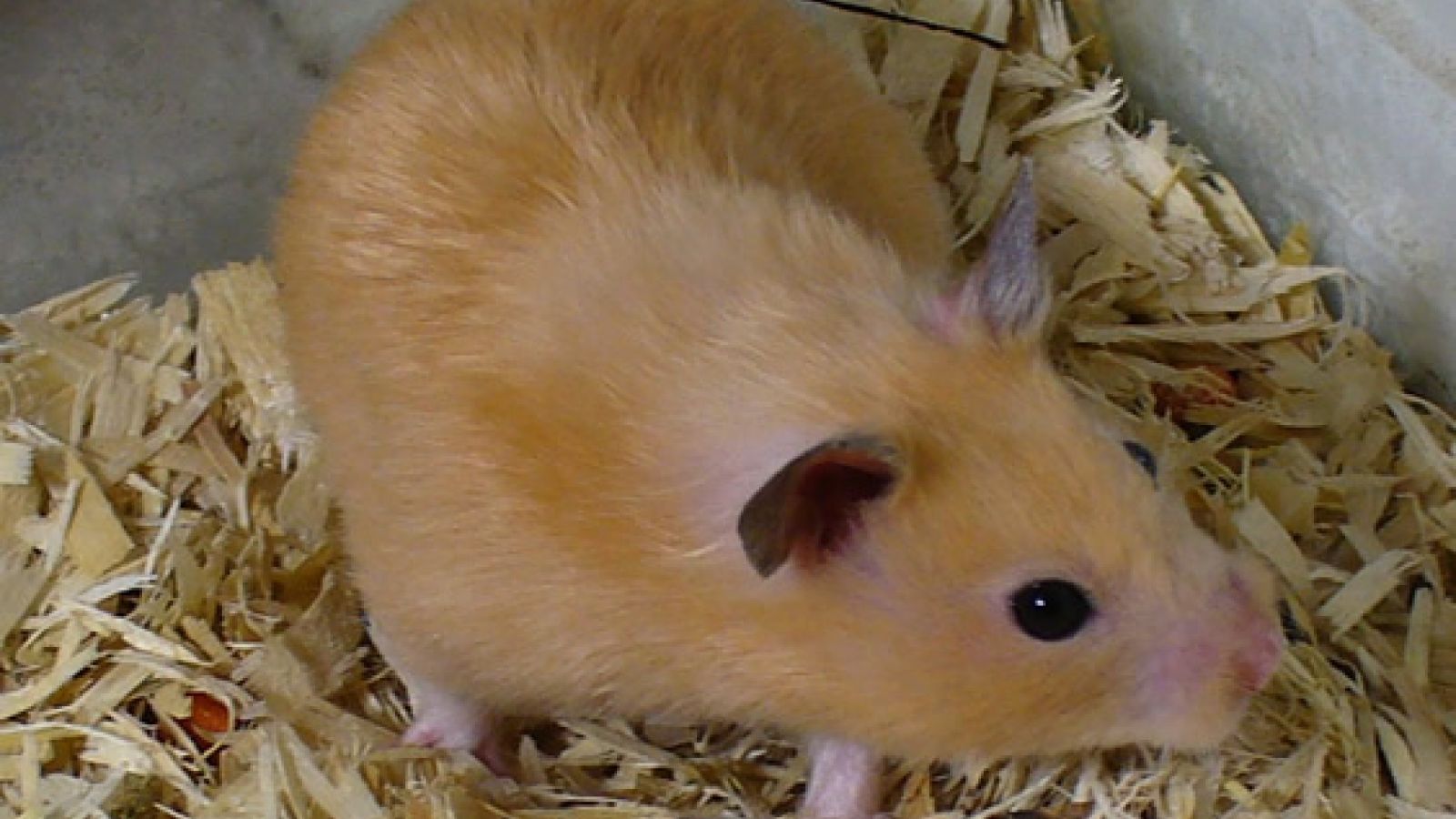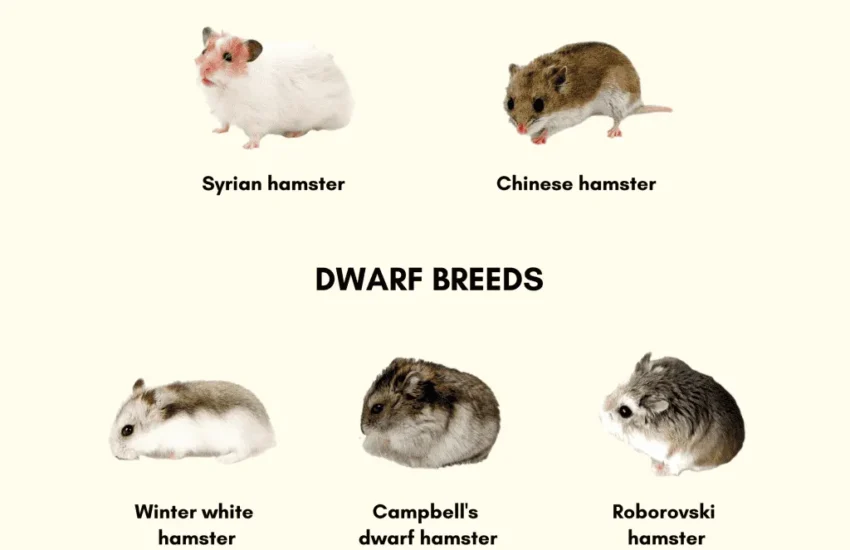Types of Fancy Hamsters
Fancy hamsters have become increasingly popular pets due to their friendly nature, diverse breeds, and low maintenance needs. This article explores the various types of fancy hamsters, providing insights into their characteristics, care requirements, and unique personalities. Whether you’re considering adopting a hamster or just want to learn more about these delightful animals, this guide will give you the essential information needed to appreciate your furry friends.
Diversity Among Fancy Hamster Breeds
When it comes to fancy hamsters, the diversity of breeds available is truly remarkable. Each breed has its unique characteristics, size, and personality traits, making them suitable for different types of pet owners. It’s important to consider your living situation and lifestyle when choosing the right fancy hamster breed for you. The common fancy hamster breeds include the **Syrian hamster**, **Dwarf Campbell’s hamster**, **Dwarf Roborovski hamster**, and the **Chinese hamster**. Each of these breeds offers distinct features that appeal to various pet owners.
Syrian Hamster
The **Syrian hamster** is one of the largest and most recognized fancy hamster breeds. Often referred to as golden hamsters due to their blonde fur, they typically measure about 6 to 7 inches long. Syrian hamsters are known for their playful and curious nature, making them excellent companions. They are solitary animals, meaning they should be housed alone to prevent fighting. Their easygoing disposition and friendly attitude towards humans make them a favorite among new pet owners.

Dwarf Campbell’s Hamster
The **Dwarf Campbell’s hamster** is another popular choice among hamster enthusiasts. These small hamsters typically grow to about 4 to 5 inches long and have a friendly demeanor. They can be kept in pairs or small groups, making them a more social option compared to the Syrian hamster. However, it is still important to introduce them carefully to prevent any territorial disputes. Dwarf Campbell’s hamsters come in various colors and patterns, which makes them visually appealing.
Unique Features of Dwarf Hamsters
Dwarf hamsters are fascinating little pets that require specific care and environments compared to their larger counterparts. The most common types of dwarf hamsters include the **Dwarf Roborovski hamster** and the **Dwarf Winter White hamster**. These breeds often exhibit charming personalities and are known for their energetic antics, which will keep you entertained for hours. Their small size (around 2 to 4 inches) allows them to thrive in smaller habitats, making them a great choice for those living in tight spaces.
Dwarf Roborovski Hamster
The **Dwarf Roborovski hamster** is the smallest of the fancy hamster breeds. Characterized by their lively and playful personalities, they are often described as “mini speedsters.” Roborovski hamsters thrive on the companionship of their kind, so it’s ideal to keep them in pairs or groups. Their unique ability to run fast makes them highly entertaining pets to observe, especially as they explore their habitats. They are generally healthy and have a longer lifespan, averaging 3 to 4 years.

Dwarf Winter White Hamster
The **Dwarf Winter White hamster** is another captivating breed known for its seasonal color change. In winter, these hamsters can develop a stunning white coat, making them look like a small snowball. They are friendly and typically thrive both alone or in pairs if they are introduced at a young age. Winter White hamsters also have a sociable disposition, which can create a closer bond with their owners. Recognizing their unique care needs will ensure they thrive in their environment.
The Chinese Hamster and Its Characteristics
The **Chinese hamster** is a unique breed that stands out due to its long, slender body and distinctive tail. They are slightly more challenging to handle than other breeds, as they can be shy and skittish. However, with proper socialization from an early age, they can become affectionate pets. Chinese hamsters are about 5 to 6 inches long and typically live 2 to 3 years. Providing them with a comfortable habitat that allows their natural instincts to surface is key to keeping them happy.
Care Guidelines for Fancy Hamsters
Caring for fancy hamsters differs slightly depending on the breed, but several general guidelines apply. First, housing is crucial—ensure their cage is spacious enough and includes essential items such as a wheel, tunnels, bedding, and toys. Proper diet plays an essential role in their health; high-quality hamster pellets, fresh vegetables, and occasional treats will keep them thriving. Also, regular handling is important for socializing your hamster, especially with more skittish breeds like the Chinese hamster.
Choosing the Right Type of Fancy Hamster for You
Before selecting your ideal fancy hamster breed, consider factors such as the amount of space you have, how much time you can dedicate to socialization, and your preference for solitary or social animals. Researching and understanding each breed’s traits and needs will help you make an informed decision. Assessing all these factors will lead to a joyful experience for both you and your new pet, ensuring a harmonious relationship.
Key Takeaways
- There are various types of fancy hamsters, so it’s important to choose the right breed based on your lifestyle.
- Syrian hamsters are larger and prefer solitary living, while dwarf hamsters can be more social.
- Understanding the care requirements specific to each breed is essential for their health and happiness.
- With proper handling, all fancy hamsters can become affectionate companions.
FAQ
1. What is the lifespan of a fancy hamster?
Generally, fancy hamsters have a lifespan of 2 to 3 years, with some breeds like the Dwarf Roborovski hamster living up to 4 years with proper care. The lifespan can be influenced by their diet, living conditions, and health management. Regular veterinary checkups are essential for identifying health issues early on and ensuring a longer and healthier life.
2. How can I make my hamster’s habitat more comfortable?
To create a comfortable environment for your hamster, invest in a spacious cage that allows enough room for climbing and burrowing. Include bedding that absorbs moisture, a food dish, a water bottle, and toys for mental stimulation and exercise. Regular cleaning of their habitat also promotes a healthy living space for your hamster.
3. Can I house different breeds of hamsters together?
It’s generally not recommended to house different breeds of hamsters together, as their behavior patterns and territorial instincts vary. The **Syrian hamster** is particularly known for being solitary, while some dwarf hamsters may coexist but can become aggressive if proper introductions are not made. It’s best to keep each hamster in its own habitat unless you’re housing compatible dwarf breeds.
4. What should I feed my fancy hamster?
A well-balanced diet ensures your fancy hamster’s health. Quality hamster pellets are a staple, complemented by fresh vegetables like carrots, cucumbers, and leafy greens. Offering occasional treats like sunflower seeds can also enhance their diet. Avoid sugary or overly fatty foods, as they can lead to health issues like obesity and diabetes.
5. How often should I handle my hamster?
When it comes to handling your hamster, consistency is key. Aim for short periods of regular handling 3-4 times a week to build trust and familiarize them with your scent. Start slowly, allowing them to come to you instead of forcing interaction. Over time, many hamsters will show affection towards their owners and enjoy spending time out of their cage.
